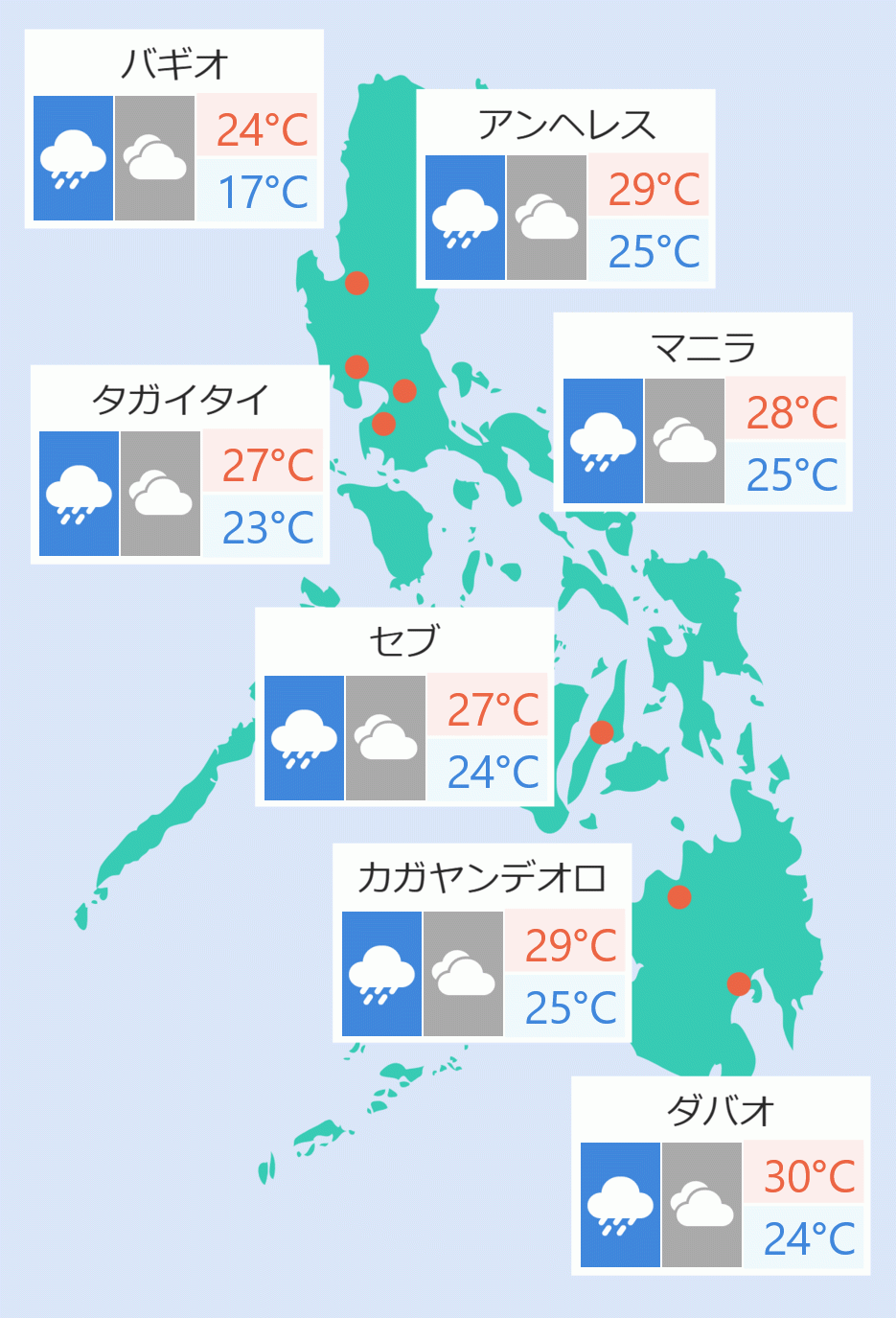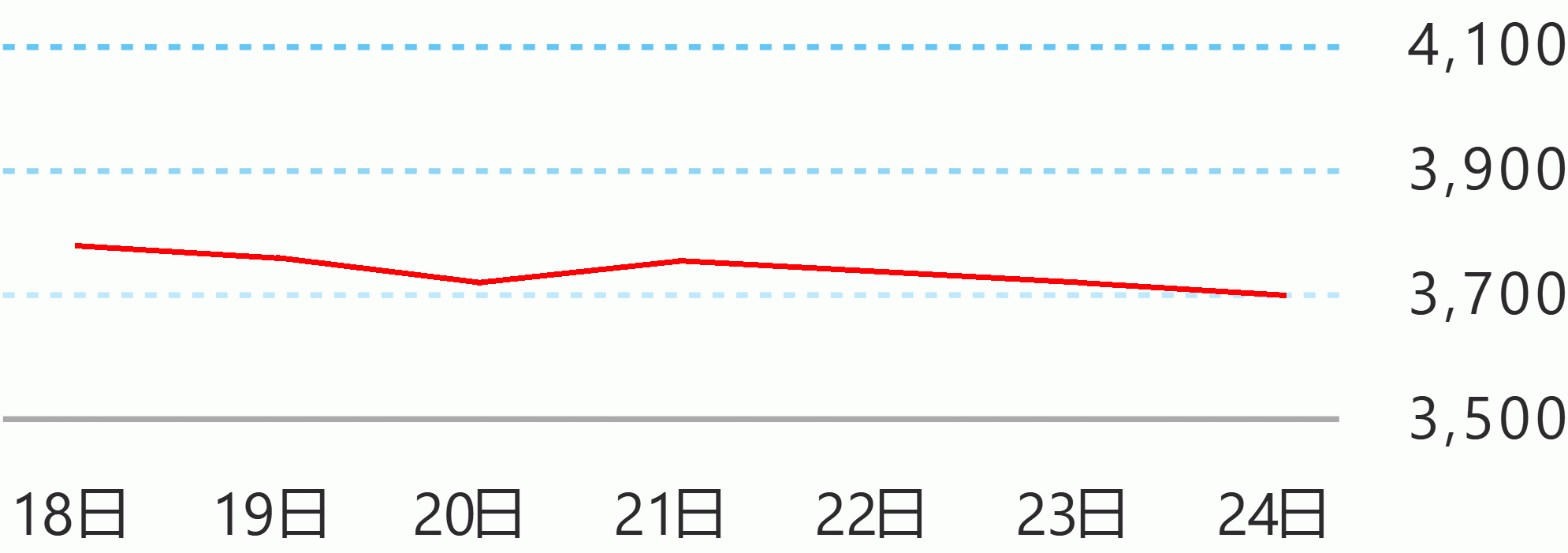The Metro Manila Subway Project (MMSP) is in the second phase of the operation of its tunnel boring machine, the Department of Transportation (DoTr) said Wednesday.
Transport Undersecretary for Rails Cesar Chavez said the department has laid 196 meters of Contract Package 101 , which includes the east Valenzuela, Quirino, Tandang Sora, and North Avenue stations.
“We are entering the second phase of the initial drive…in the second phase of the operation of the tunnel boring machine, we expect that we will be able to install faster and more tracks. On average, we can build five to six meters per day but we expect this to increase from eight to ten, to 12 meters per day,” Chavez told dzBB.
He said the distance from the depot in Valenzuela to Quirino will be 1.5 kilometers.
“Based on the design of the machine and on the engineering calculation of our contractors, who are supervised by Japanese consultants, the tunnel up to Quirino Highway will have been excavated either before Christmas or by January,” he said.
Chavez said he expects the subway project to be delayed for a while due to right-of-way issues but it will be completed by 2027
“The construction of a subway involves endless meetings with contractors, consultants, local government units, national government agencies, stakeholders, and owners of the land where the subway will pass through. What’s good about this is that the right-of-way land owners are mostly from the government,” he said.
By the third or fourth quarter in 2024, the tunnel boring machines for Quezon Avenue and East Avenue stations under CP102, Anonas and Camp Aguinaldo stations under CP103, Ortigas and Shaw Boulevard stations under CP104 are expected to be operational.
“By 2025, all the six tunnel boring machines will be operational,” Chavez said.
Chavez said that according to Japanese consultants, ten Philippine National Railway (PNR) stations of the 147-kilometer track from Clark to Calamba will also be completed by 2027.
“In Balagtas, the civil works are 86 percent completed. Many stations are 30 to 40 percent completed. Aside from civil works, we also have to install electromechanical components in the tunnel,” he said.
“Tomorrow, the President will witness the contract signing of the civil works in Blumentritt, Makati, Paranaque, and Taguig. Our South Commuter packages are almost finished,” he added.
“The only stations we won’t be able to finish constructing in 2027 are in Tutuban, Solis, and Malolos,” he said.
He said that MRT line 7 (MRT-7) stations are expected to be operational by 2025, except for Tala and San Jose del Monte, Bulacan.
Chavez said they also expect the 18- kilometer Light Rail Transit Line 1 ( LRT-1) Cavite Extension, which includes the stations Quezon City, Caloocan, Manila, Pasay, and Paranaque, will be completed by 2024.
“The stations that we won’t be able to finish are those in Tutuban, Solis, and Caloocan,” he said.
“What we are discussing with the LRMC (Light Rail Manila Corporation), which is our counterpart in the private sector, is the construction of the three additional stations. The eight stations from Baclaran to Cavite will be around 11.2 kilometers and we expect that to be completed by 2027,” he said.
Japan is funding five major railway projects including the MMSP, North-South Commuter Railway Project (and the first tranche of the Extension Project), MRT-3 Rehabilitation Project, LRT-1 Cavite Extension Project, and LRT-2 East Extension Project. Jaspearl Tan/DMS





 English
English









